Why you can trust TechRadar
Performance
- 58 JPEG or 25 RAW buffer capacity
- Impressive battery
The most impressive feature of the 90D is its new 216-zone metering system that gathers data from an RGB and infrared sensor that has a staggering 220,000 pixels. Each of the 216 sections is assessed for exposure, doing a great job of adjusting the brightness of the whole frame. By default, metering mode is set to Evaluative, but you can choose between Partial, Centre-weighted and Spot metering options as well. The evaluative system is excellent for most situations, but the others are well suited to backlit subjects.
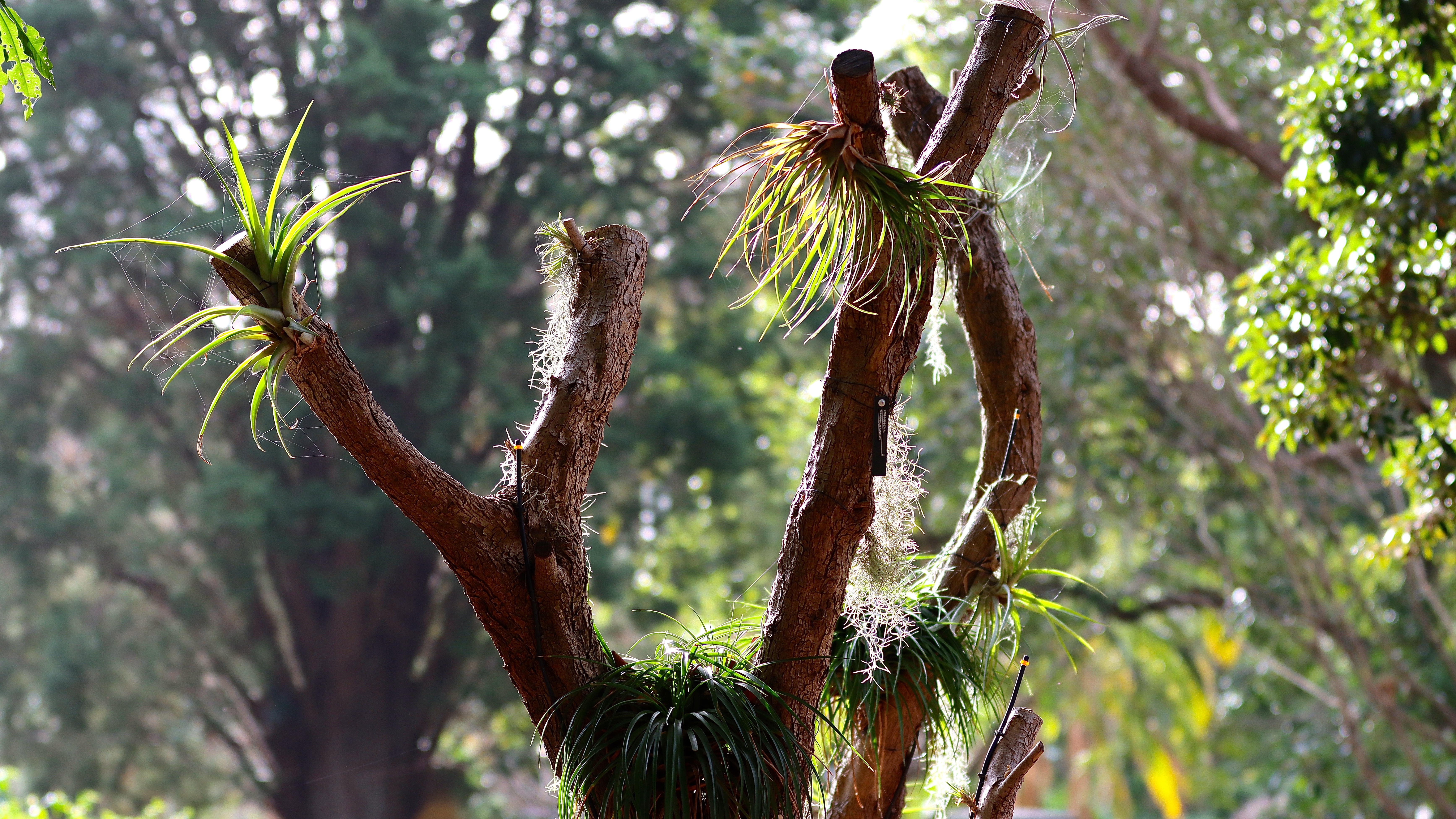
While the combination of the 90D’s high resolution sensor and the latest image processor gives the new camera a remarkable turn of speed over its predecessor, it can’t quite match the buffer capacity of the Canon EOS 7D Mark II. This five-year-old shooter is capable of sending 31 RAW files or 1,030 JPEGs to a card. The 90D, on the other hand, has a buffer capacity of just 58 JPEGs and 25 RAW files.
That said, the 11fps burst speed gives Canon the opportunity to market the 90D as a great all-round option. While it can’t match the new EOS M6 Mark II’s 14fps, the 90D does very well for both sports and wildlife photography.

When shooting at base ISO, the 90D’s noise performance is excellent. You’ll begin to see grain creeping in at about ISO 6400, but it’s kept at a minimum. Even at ISO 8000 there’s nothing to complain about – the little noise you can see in the shadows and the edges can easily be removed in post production. Go higher, however, and noise becomes a lot more evident.
Canon has improved the 90D’s dynamic range over the 80D, especially at higher ISOs. While this allows the 90D to capture more details in highlights and shadows, underexposure can result in noisy and flat, washed-out images.
Battery life, though, is something to write home about. While the CIPA rating is for 1,300 images, you’ll get way more than that. During our testing, shooting both raw and JPEG when switching between viewfinder and Live View, we squeezed out about 1,500 shots. If you stick to just using the viewfinder, you’ll be able to push that number to about 1,900.
Image quality
- Detailed 4K footage
- Generally excellent results for stills
- New firmware update has added the option of 24p video
We were expecting the 90D to produce some excellent results, thanks to its new sensor, and the camera certainly delivered. There were plenty of details in the results, in both highlights and shadows. However, the increase in sensor resolution means you’ll need to be marginally more careful with how you handle the camera – tiny movements could become apparent in images, so you may need to use faster shutter speeds to achieve the best sharpness. Thankfully, an electronic shutter takes the speed 1/16,000th of a second, allowing for wide apertures when shooting moving subjects.
Unlike the 80D and the 7D Mark II, where noise was kept to a minimum across the entire native ISO range, that’s not the case with the 90D. While noise is well controlled at lower ISO values, it does become very evident at sensitivities above 8000. From here on in, luminance noise is visible at most viewing sizes.
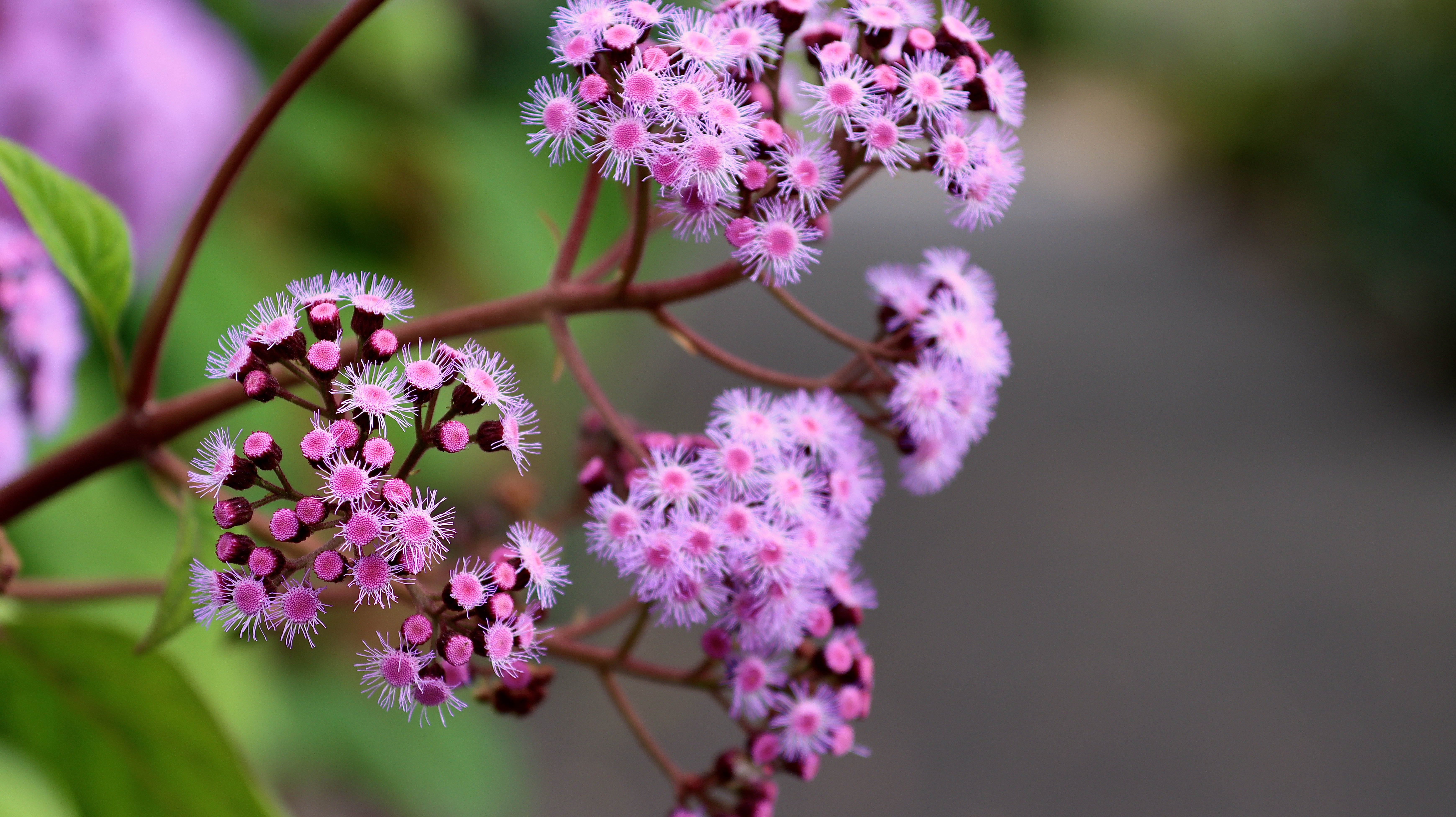
Click here to see the full-size image

Click here to see the full-size image
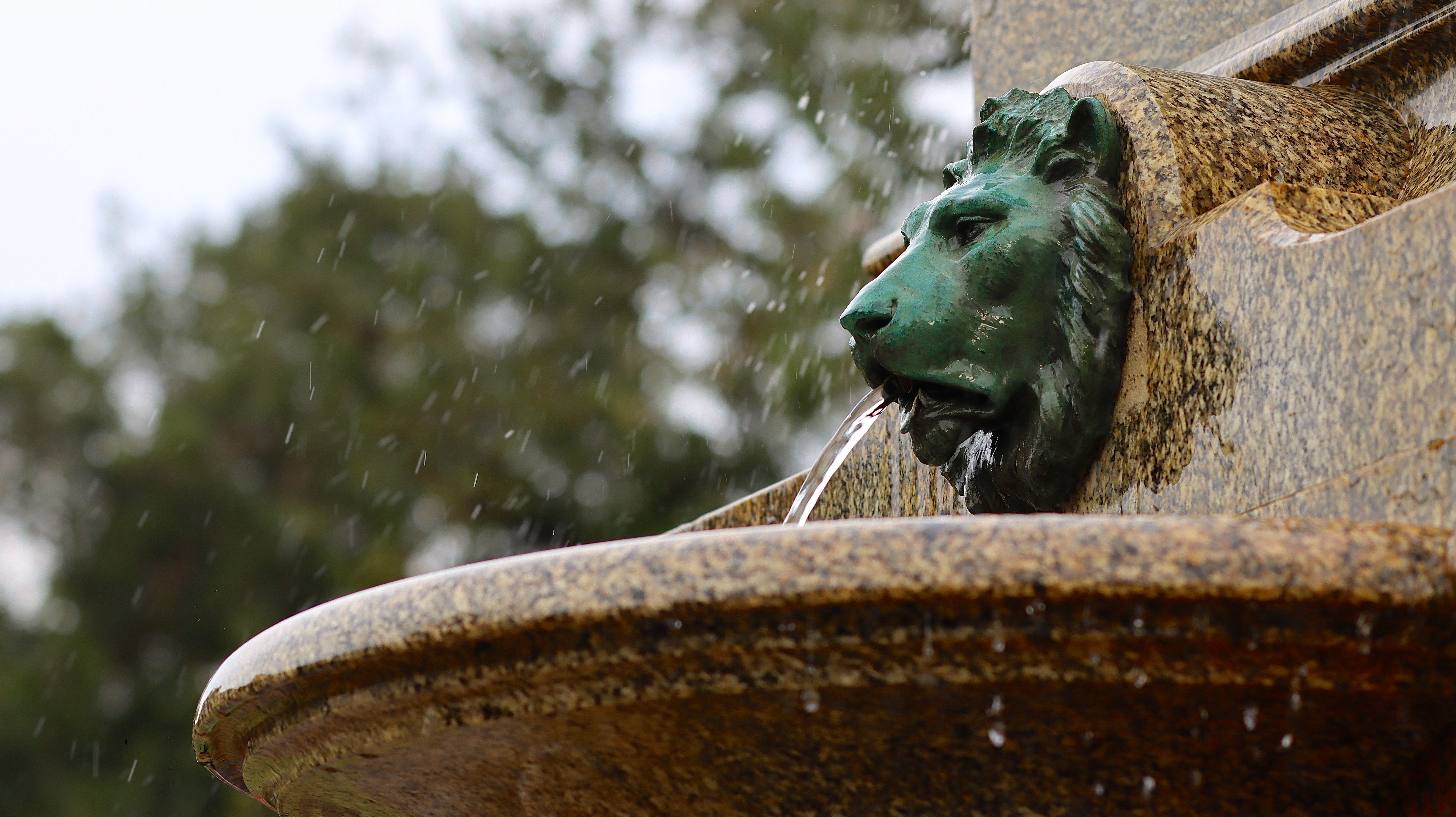
Click here to see the full-size image

Click here to see the full-size image
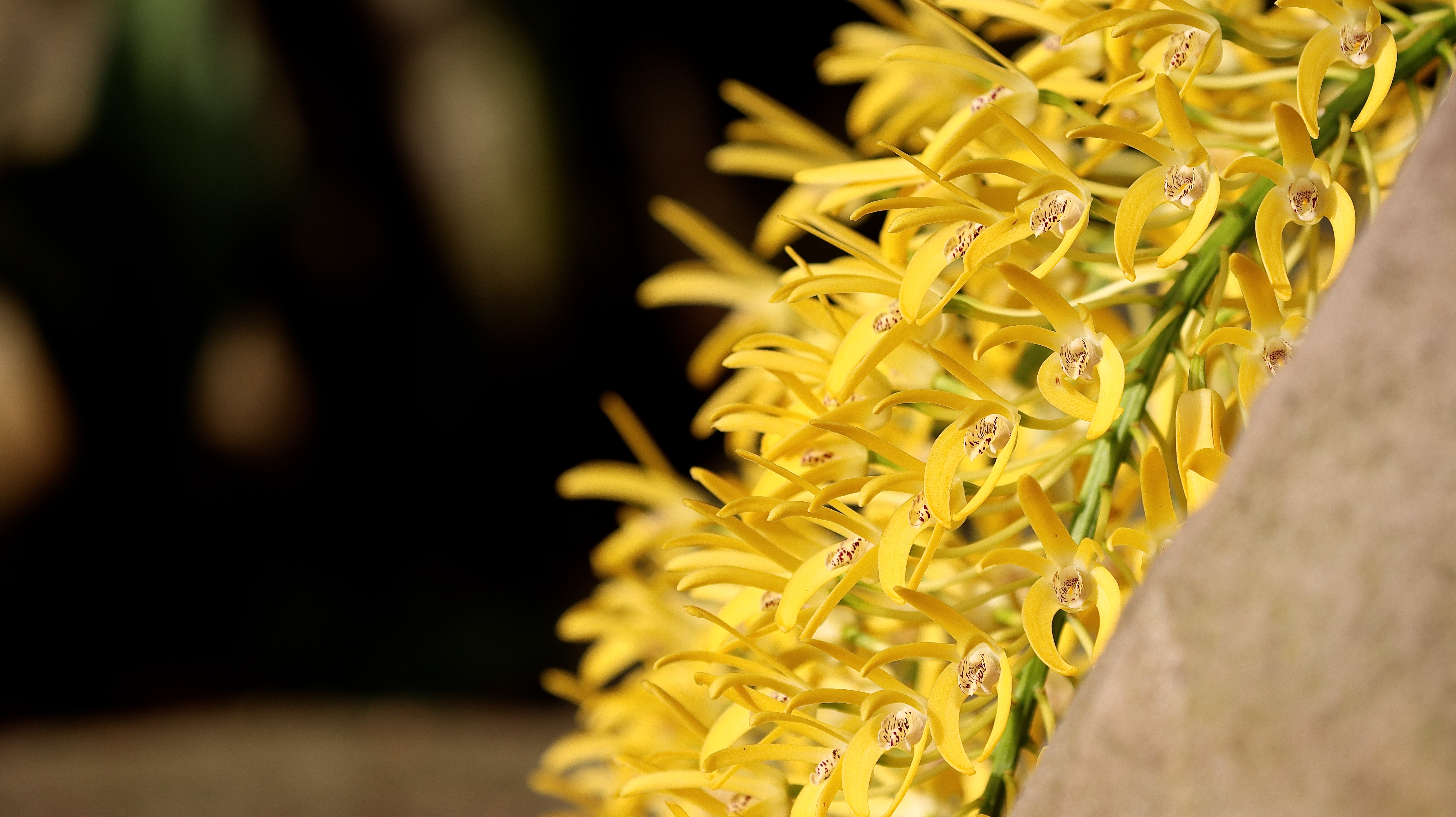
Click here to see the full-size image
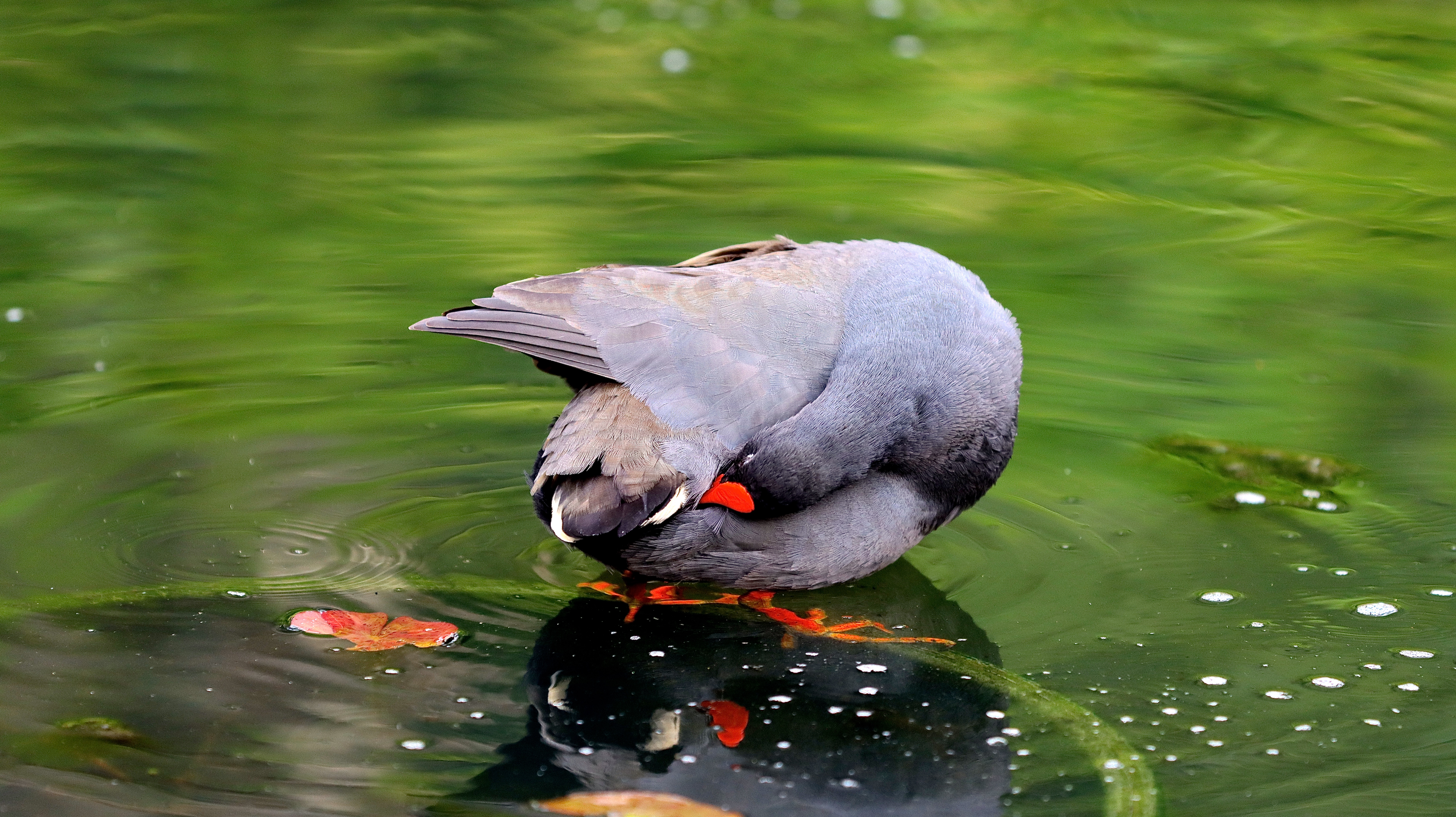
Click here to see the full-size image
During our testing, we captured a lot of our images using Canon’s Standard picture style and that was sufficient to prove the 90D carries forward the camera maker’s superb color reproduction, producing pictures with decent saturation. The Vivid and Landscape options are also quite good, with the former offering stronger colors and the latter doing a remarkable job of not oversaturating the blue of the sky or the green of the landscape like some other cameras tend to do.
If you don’t want to fiddle around too much with camera settings when capturing people, the Portrait picture style is a good option, as it doesn’t make skin tones look unnatural. Focus bracketing is also available on the 90D, allowing users to capture a series of images with incremental changes in focus points, which can later be stacked in post-production to enhance depth of field.
The default Monochrome option, though, produces very flat images, but that can be changed by adding more contrast or changing exposure.
The 90D does very well when shooting video as well. While colors and details are plentiful in any resolution, 4K footage is beautifully sharp. However, you will have to beware of the camera’s rolling shutter as distortions are evident in some situations, particularly if you’re moving around a lot while shooting.
Current page: Performance & image quality
Prev Page Build, handling & autofocus Next Page Verdict & competition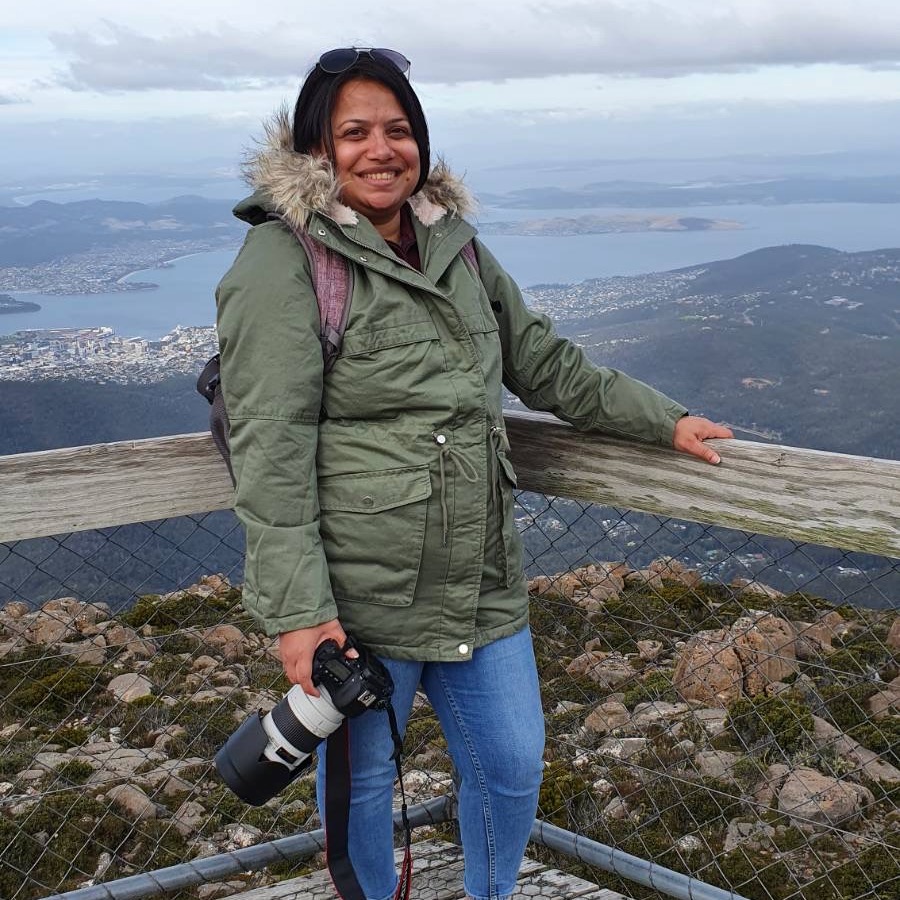
While she's happiest with a camera in her hand, Sharmishta's main priority is being TechRadar's APAC Managing Editor, looking after the day-to-day functioning of the Australian, New Zealand and Singapore editions of the site, steering everything from news and reviews to ecommerce content like deals and coupon codes. While she loves reviewing cameras and lenses when she can, she's also an avid reader and has become quite the expert on ereaders and E Ink writing tablets, having appeared on Singaporean radio to talk about these underrated devices. Other than her duties at TechRadar, she's also the Managing Editor of the Australian edition of Digital Camera World, and writes for Tom's Guide and T3.
